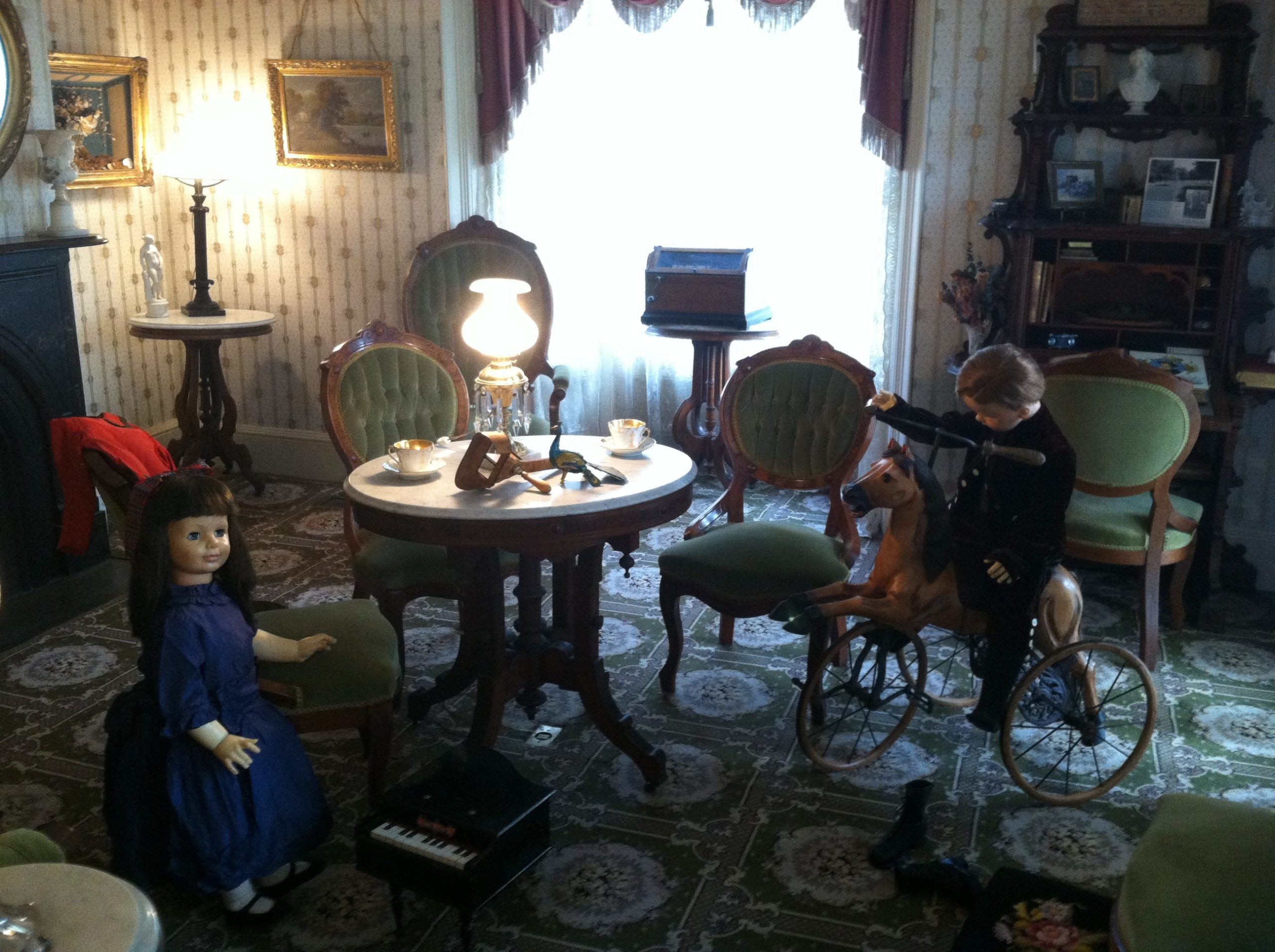New staff member, Sasha Arellano, remembrances of the museum and why the historically themed spaces were retired.
When I applied to work at the Westport Museum for History & Culture in May of this year, I didn’t even realize it was no longer called the “Historical Society.” I remembered having fond memories at 25 Avery Place as early as 2004 (anyone remember the Teddy Bear Tea Parties?), but I hadn’t stepped foot inside the Bradley Wheeler house since I volunteered at the museum in college. I couldn’t even figure out as to why I hadn’t visited in so long.
I was offered the job in June and was eager to start, but on my first day, I was stunned by how much had changed. I missed the homey feel and nostalgia of the period rooms.
In the programs gallery, I was met with a big panel of text that discussed the Paugussett people- the indigenous community of the area we now call Westport. As I am writing this, the word Paugussett is underlined as a misspelling by my computer. The community that is native to this area isn’t even recognized as a word.
I moved on to the next panel, which states the museum’s mission. In short, the Westport Museum aims to “make history whole” by representing ALL voices in Westport’s history.
As I went through our main exhibit, Playful Pastimes, I could see the mission statement was not just for show—its essence was weaved into each picture and piece of text I came across. The exhibit focuses on the “Golden Age of Leisure” in the early 20th century—think sports, games, and community events. While the overall theme was fun and colorful, the text was quick to acknowledge the downfalls of this period as well.
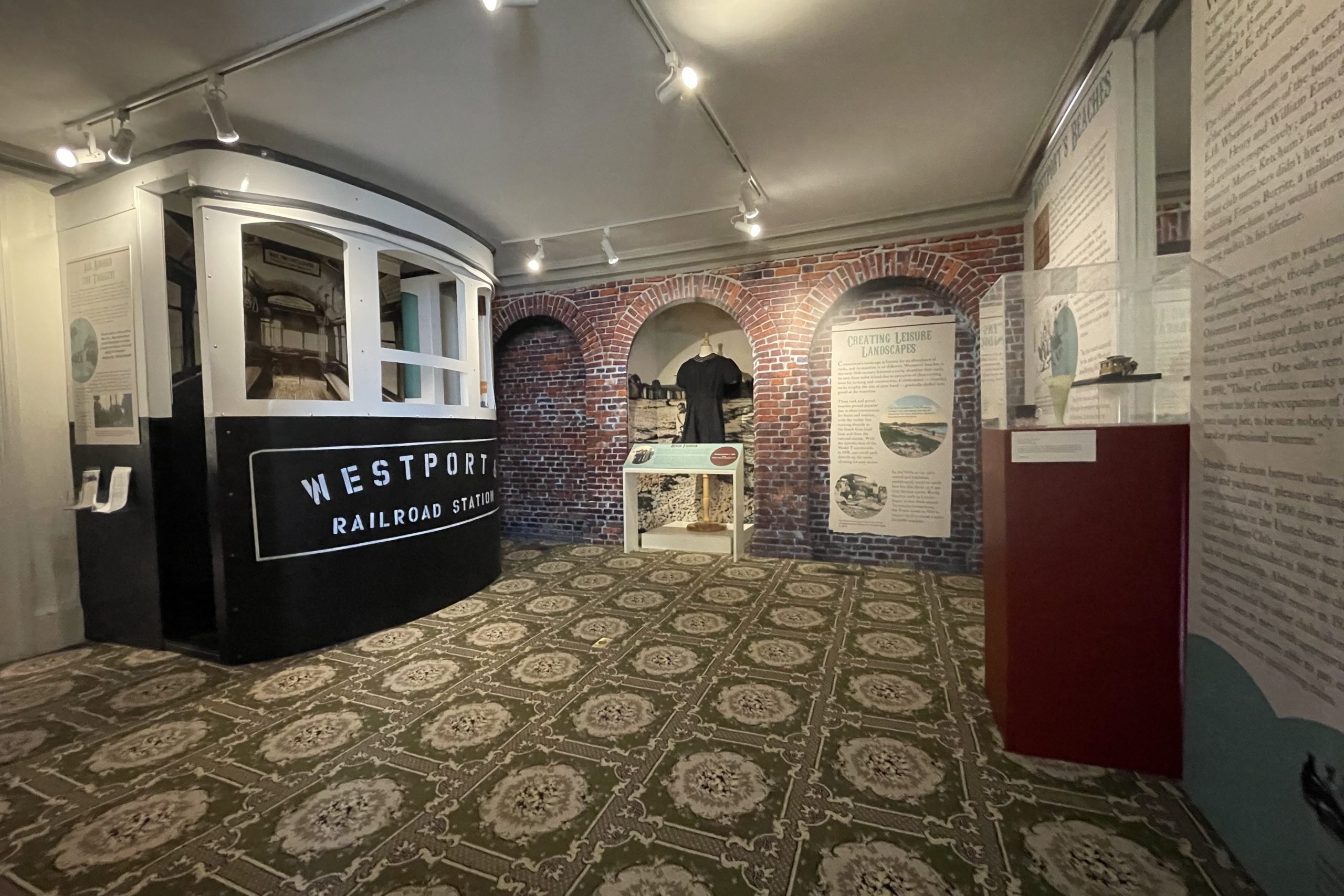
Baseball, the classic American pastime, proved to be a game of discrimination for Black players, and became fully segregated until 1947. Biking, another favored activity, was looked down upon for women. World fairs, while showcasing mostly new inventions and gadgets, also displayed people of color from Africa, the Philippines, as well as indigenous Americans as “exhibitions.” While these are tough topics to discuss, we need to address them in order to see the entire view of our community’s history. Understanding the past lets us really understand why things are the way they are now—so we can ensure inclusion and respect for everyone in the future.
Having walked through the Museum, I felt great about starting my new job—confident that I was part of an organization that was making a difference by sharing the truth. Sitting at the front desk, I was eager to share all we did with visitors.
A lot of people come in as excited as we are to see what we’re doing. But then, there are others who are only focused on one thing:
“Where are the periods rooms!?”
“I don’t understand why you took them out.”
“I bet you’d get more visitors if you brought them back.”
So, Why Did the Period Rooms Have to Go?
As someone who grew up frequenting the museum, I LOVED the period rooms. Something about them made me feel so at home, despite being born at the turn of the 21st century. I understood our visitors’ sadness that they were no longer. However, once I started working at the museum, it became clear to me why the period rooms were not sustainable.
The period rooms only showed a small glimpse into Westport’s history and did not align with our mission of inclusivity and telling the whole story. How can we understand Westport’s history when we are only being shown a minuscule portion of it?
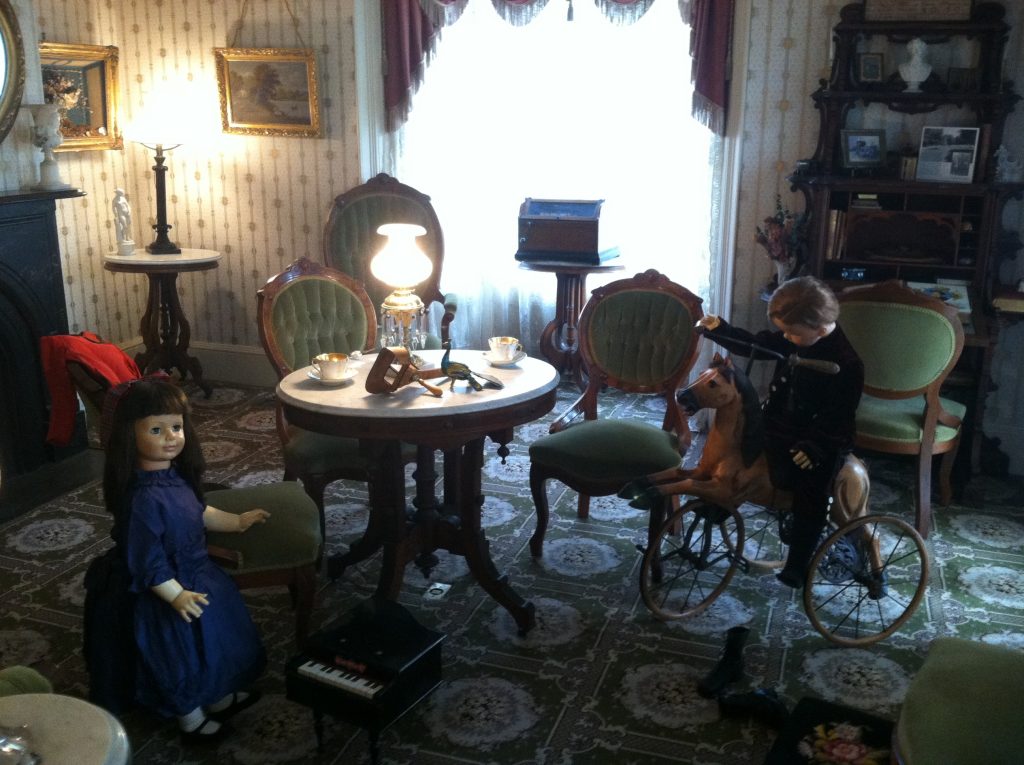
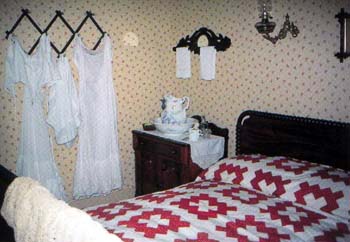
It also became clear to me why I hadn’t visited for so long. When there is one main exhibit that never changes, people just don’t return that often to see the same thing. Without high visitation numbers, maintaining a museum becomes unsustainable. Many of the people who inquire about the period rooms follow up with “I haven’t been here in years, I was looking forward to seeing them!”
Many of the people who inquire about the period rooms follow up with “I haven’t been here in years, I was looking forward to seeing them!”
We hear you—but we also hear that you haven’t visited in a decade or so. Since we are an independent organization, admission fees are a huge part of what keeps the museum up and running. Rotating exhibits on different topics let us keep the public interested and piece together Westport’s history as it relates to the nation to tell as complete a story as possible. Plus, because we get to share a lot of super-interesting stories on a regular basis, we can aim to have something for everyone—including people who loved the period rooms.
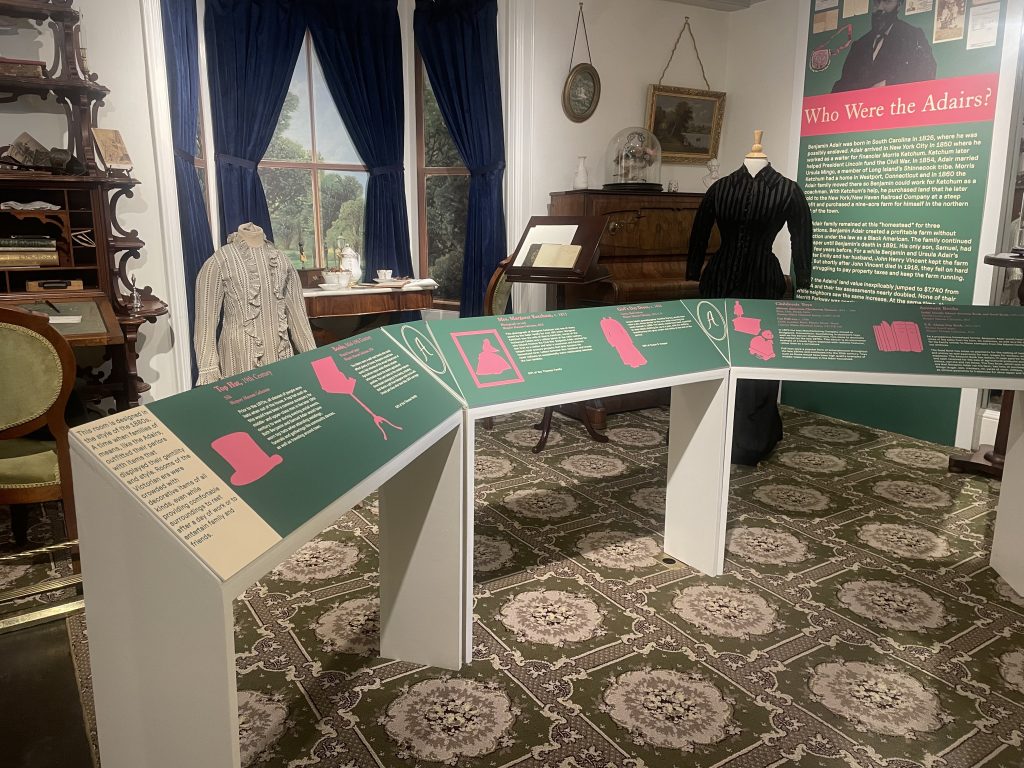
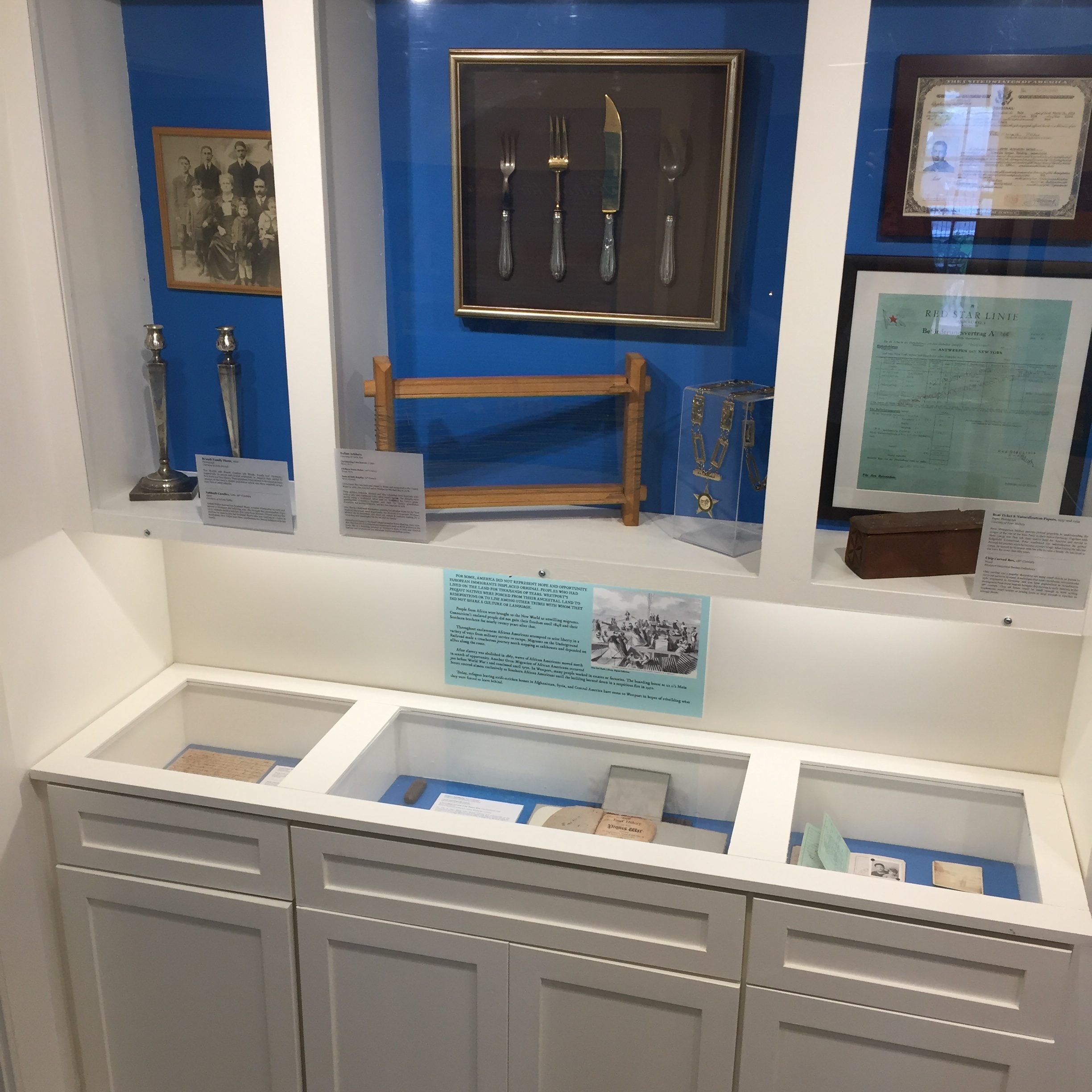
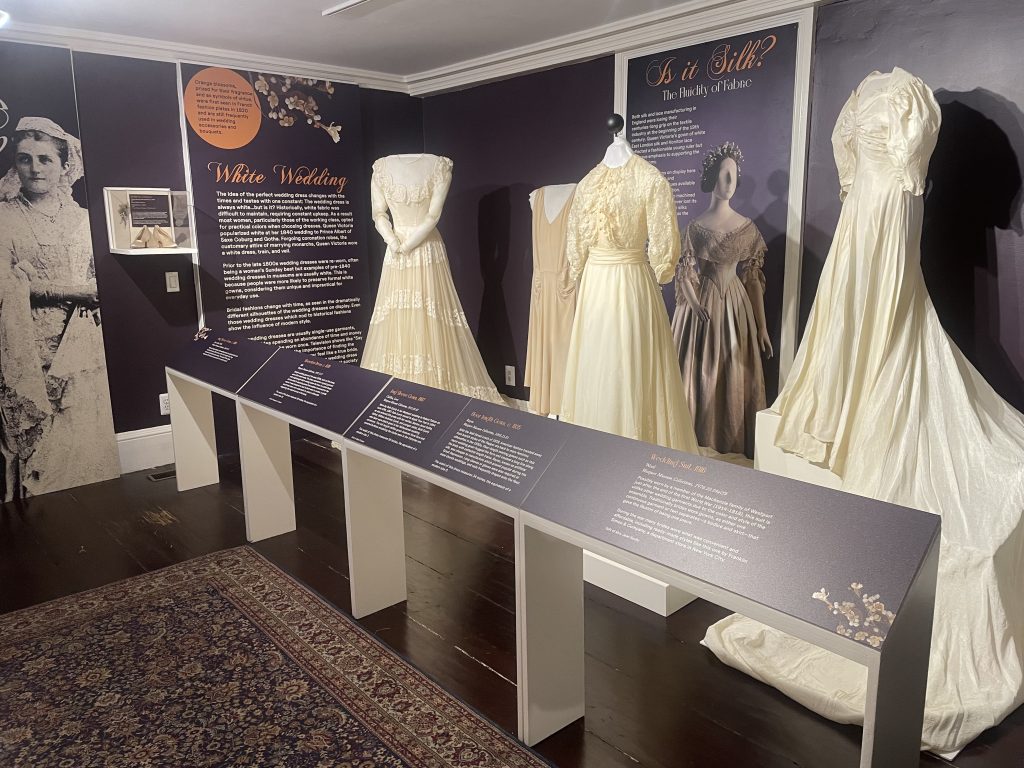
How? We include objects and costumes from our collection in our exhibits. Some of which were used to create the furnished rooms. The difference is that we provide a full and accurate interpretation of these items with lots of rich detail. Our Local History gallery tells the story of the house and the town very specifically, building on what the period rooms started all those years ago.
Now, we have the freedom to create period rooms across different eras when needed—like the 19th century parlor of the Adair family in our exhibit Legacy. Look for more of that in our 2026 programming for the 250th anniversary of the American Revolution.
I hope that what I’ve written here has intrigued you enough to come and check out all that’s here—instead of what’s not.
We’d love to see you soon & thank you for supporting our mission!

